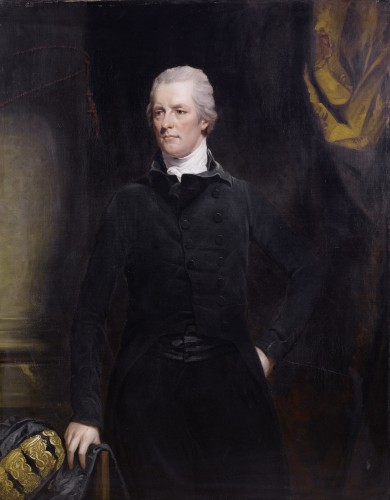A while ago I inherited an enormous box of letters that my wife’s grandfather wrote to her grandmother while he was away during WW2 in India. Here is one of those letters. This one is slightly graphic so I will put it under the fold. All grammar and spelling is left as it was in the letter.
India
New Article in Pragati Magazine: The Re-industrial Revolution

I have a new piece up at Pragati Magazine this morning, which focuses on a book review of Makers by Chris Anderson:
….If anything, Anderson has managed to understate the velocity with which the technology is advancing and the creative uses to which users are putting their machines. Since the publication ofMakers, a succession of news stories have revealed everything from Formlabs’ slickly designed Form 1 machine to users printing functional (if fragile) assault rifles, car bodies and biomedical surgical replacements for missing pieces of the human skull. One gets the sense that the genie is out of the bottle.
Anderson is not merely making a technologically oriented argument , but a profoundly cultural one. In his view, the existence of the Maker movement, operating on the collaborative, “open-source” ethos is an iterative, accelerative driver of economic change that complements the technology. Anderson writes: “…In short, the Maker Movement shares three characteristics, all of which are transformative:
Read the rest here.
Crossposted from zenpundit.com
Quote of the Day
Necessity is the plea for every infringement of human freedom. It is the argument of tyrants; it is the creed of slaves.
William Pitt the Younger, speech in Parliament, November 18, 1783.
The Taj Mahal
The Taj Mahal is as beautiful as you’d expect it to be. It is in Agra which used to be an earlier capital of India. We arrived early in the morning trying to get a sunrise shot but the light wasn’t right. We still had an opportunity to take great pictures.
This is the classic front view. Sometimes if you waited long enough you could get a picture with a better reflection and with no people in it but I wasn’t that patient.
Since the site is so massive it is hard to get all the minarets in one photo. Here is a view from up front on the side. Once you understand the scale of this it is even more amazing to think that they proposed building a version of the Taj Mahal in Dubai that is even larger (and includes a hotel).
India and English
As an American traveling abroad I am often ashamed that I only know how to speak English. In India this wasn’t a significant problem because we stayed at tourist hotels and had guides and other friends that spoke multiple languages. While English is one of the “common” languages of India and many, many people spoke it like everything else your results would vary especially when it came to taxis or drivers who only knew rudimentary terms and probably were just nodding and not comprehending when I talked to them. In any area remotely tied to tourism the signs were in English as well as in the local languages. The only signs that were rarely translated were the various political campaign posters appealing for voters.
At the beautiful Amber Fort I saw this sign that had been dutifully translated into English but was perhaps the most boring historical marker I’ve ever seen.
I understood what they were trying to say at the Taj Mahal but the words aren’t “quite” right.
Sometimes you see a sign and it cracks you up. This was a big fireworks brand and everyone was shooting off fireworks for Dawali. For days afterwards you’d hear “booms” during the day as people probably stumbled upon rockets that didn’t go off and they re-lit them.
Some signs need no translation. I didn’t go inside but I know they don’t serve beef.
This billboard wasn’t really translated but you can clearly see the sign. This is often what happens to a Western traveler that eats the food – you can see the guy throwing up and someone else sweating it out on the toilet. This is called “Delhi Belly” at least while you are near Delhi can’t speak for the rest of the country.
Cross posted at LITGM
